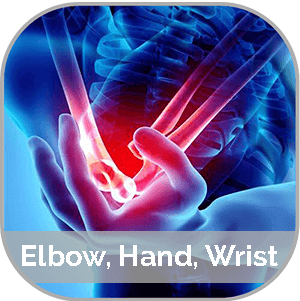
Carpal Tunnel Syndrome is a common condition that occurs when the median nerve, which runs from your forearm into your hand, becomes compressed at the wrist. The carpal tunnel is a narrow passageway of ligament and bone at the base of the hand. When swelling or inflammation narrows this space, it puts pressure on the median nerve, leading to symptoms that can affect your hand function and comfort.
Causes and Risk Factors
Carpal Tunnel Syndrome can develop for many reasons, often involving a combination of factors that increase pressure on the median nerve. Repetitive hand or wrist movements, wrist injuries, arthritis, diabetes, thyroid disorders, and pregnancy-related fluid retention can all contribute. Certain occupations or hobbies that require prolonged or forceful hand use also increase risk.
Symptoms
Symptoms often begin gradually and may include numbness, tingling, or burning sensations in the thumb, index, middle, and part of the ring finger. You might notice discomfort at night or upon waking, weakness in your grip, and difficulty performing fine motor tasks such as buttoning a shirt or holding objects.
Diagnosis
Diagnosis typically involves a review of symptoms, a physical examination, and special tests that assess nerve function, such as nerve conduction studies or electromyography (EMG). Imaging may be ordered to rule out other causes of wrist or hand pain.
Treatment
Treatment can range from conservative measures to surgical intervention, depending on severity. Non-surgical approaches include wrist splinting (especially at night), activity modification, anti-inflammatory medications, and corticosteroid injections. If symptoms persist or worsen, carpal tunnel release surgery may be recommended to relieve pressure on the median nerve by cutting the ligament that forms the roof of the tunnel.
When to Seek Care
Early diagnosis and treatment are important to prevent permanent nerve damage and loss of function. If you experience persistent numbness, tingling, or weakness in your hand, seek medical evaluation to determine the best course of action.



